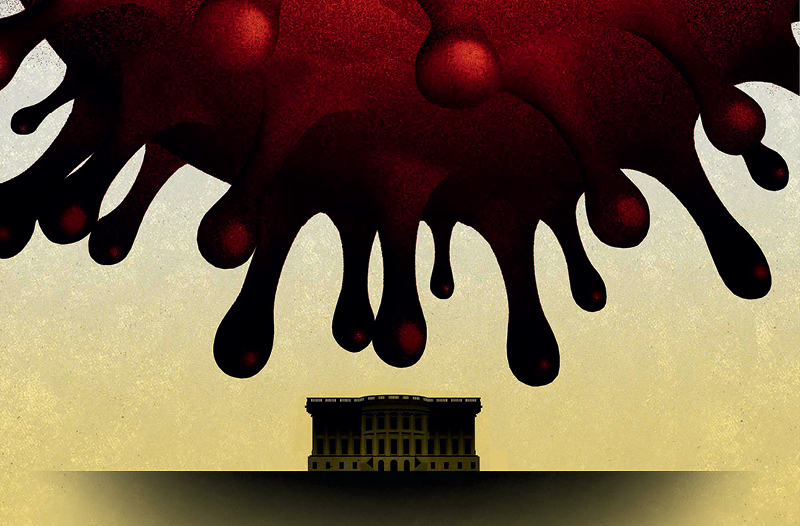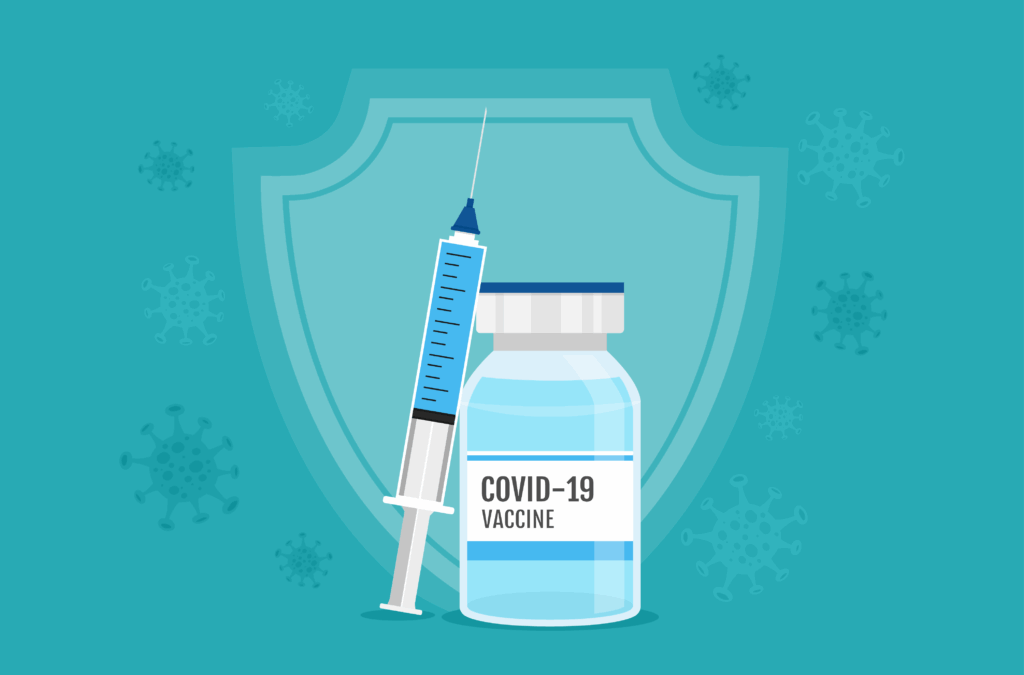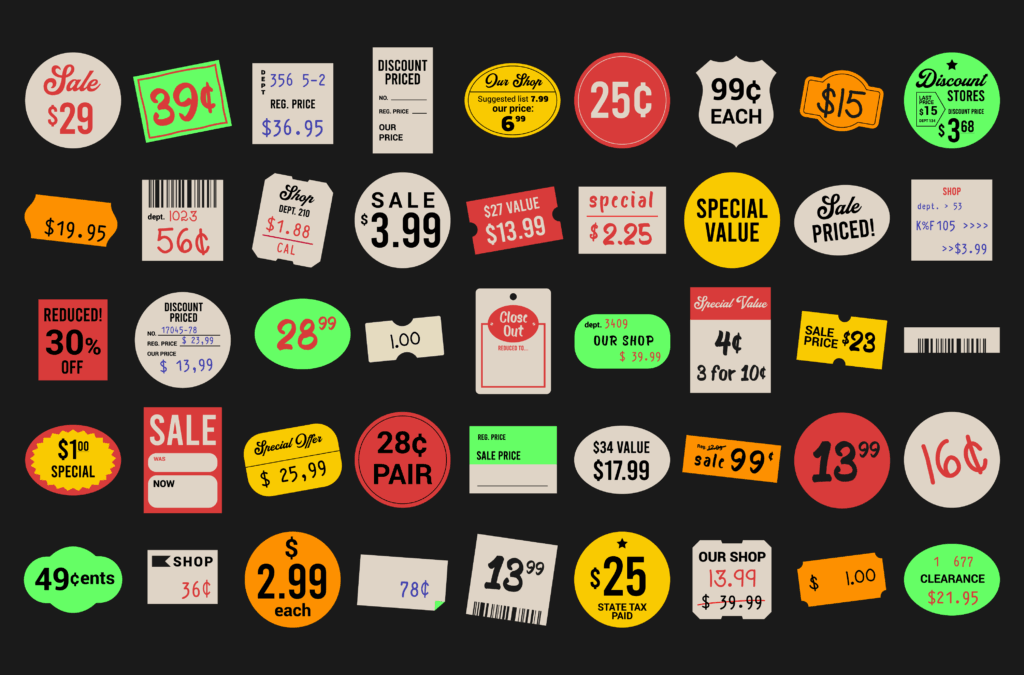
Parsing the Drug Supply Chain

Scripta Insights is a healthcare IT solutions company working with self-insured employers to save money and optimize their pharmacy benefit within their existing formularies. Levin discusses the importance of transparency in the pharmacy supply chain. More clarity helps businesses understand their employees’ spend, determine where savings can be had, and engage employees to make better drug choices.
About 10 years ago, Dr. Paul Bradley [Scripta’s chief medical officer] was getting concerned because he was seeing a lot of his patients coming back to him over and over and not getting better. He realized much of the problem was because people couldn’t afford to take their medications.
Dr. Bradley talked about the issue with his wife, who was a CPA. She had a very analytical mind and knew healthcare really well. She looked into the issue and realized there were a lot of ways to lower costs and make medications available to people, but it was hard to get at the information because it’s hidden in the supply chain.
The doctor almost never knows what medications cost, the patient doesn’t know until they show up at the pharmacy, and the payer doesn’t find out until 45 days later when they get the bill from the PBM [pharmacy benefit manager]. People are blindly shopping, prescribing and paying for a really important part of the healthcare system.
We have mapped every drug on the market against every possible strategy with how to save money from it. We import the PBM and code it by contract and have software that puts it all together and squishes out on the other side how they could have saved money. We end up with a clear list for the payer and employee that says, “Here’s what they did and what they could have done and what it would have saved if they went that way.”
There are so many opportunities for savings every day in the system. For instance, I went to my doctor with allergy issues. He gave me a prescription for a new drug that was $420. I called into the office and asked if there was a strategy for saving money there. I found out it was just two drugs that were combined. I called my doctor and asked for a new prescription, for both of them separately, and it only cost me $32.
What we would do here is, when the system sees someone paid $420 for that medication, they would receive a text telling them to talk to their doctor to see if the two prescriptions would be reasonable for their condition instead. Most of time the doctors will say no problem.
What happens is, they contract with a PBM to manage their drug formulary. Ultimately, they get a bill showing what they bought, and it can be enormous, millions of dollars every month. And the bill is de-identified because it contains personal health information. What are they supposed to do with that? It’s a lot of complicated data, and it’s not like buying paperclips, where they know what the price should be.
Everyone is in a crisis with their pharmacy benefits, but they aren’t in a boat with one giant hole in the middle. They are in one with 100 little holes they have to identify and patch at the same time. We can see inside the data and figure out where the leakages are.
We are able to find strange outliers and start to plug the holes. We just did a project for one of our clients and identified 31 of these drugs where simply changing dosages and formulas saved them 95% of their spend on these medications. Some, like testosterone, come in a pill, patch, cream, shot or gel that are all different prices. Others are like a 60-milligram pill of Xanax that might cost $400 for a 30-day supply versus a 30-milligram pill that might cost $4. They could literally take two 30-milligram pills and pay so much less.
Contracts are complicated and onerous, but they all have areas you can work within. But if an employer doesn’t know about these areas, they can’t take advantage of those spaces. We are helping shift the balance of power by giving better insights.
It’s about PBM optimization. Drug manufacturers are trying to sell as high as possible, and employers want to buy as low as possible. We go through a contract and codify it in our system, and our software knows where to look and knows what the employer can and can’t change.
The next time a contract comes up, we try to push on areas where we can make a difference. We are not going to win every battle, but we can help an employer understand which battles are worth fighting and which aren’t.
All the data we have informs their next plan design. The most important thing is the ability to make changes to a formulary. We always recommend a free tier and sometimes put things on there that they wouldn’t normally. For instance, the employer may be better off paying $80 for a drug than 80% of an $800 drug. You can’t save without disruption.
It’s actually shockingly consistent. We have done about 50 analyses over the past 12 months, and 46% on the nose is what shows up as the savings opportunity. That number is our utopia. That’s if every doctor wrote the right prescription and we were able to optimize every part of the PBM contract. It’s the goal, but most companies never get there.
We start with the 46% they could be saving and ask what we can capture from that. We tend to get about 12% to 15% net savings for a client in the first year and go up to 25% to 33% the year after that. So, if their spend is $5 million, they can eventually save about half a million dollars. Overall, it’s about a 36-month process to get optimal savings. We can get them down to paying 50% to 57% of the national average in three years. And then they have to stay on top of it to make sure they don’t go back up from there.
This is an important part, and we work hard on it all the time to get better at it and see what gets the best results. Text messaging is a trend, and people tend to respond to it. We always lead with snail mail because it is a great way to introduce what we do and to reach their dependents. For each person we cover, there is an average of one and a half dependents.
We generally estimate there will be about 20% uptake from the consumer side for our recommendations. Employees have to understand the information and make it a part of how they use healthcare. The consumer is having to relearn a lot of habits in this space. They are used to getting a prescription, filling it and that’s it.
But the more pain they are in, the more likely employees are to act. One trend in the system is high-deductible health plans and consumer-driven plans. These are wonderful euphemisms for “We are going to pass more costs on to you.” If someone has high bills, they will want to look for ways to save money. We do feel as people get educated it works; who wouldn’t want to save $20 if they could?
But they need information to become better shoppers. As time goes on, we would hope to evolve to be like a Kayak for pharmaceutical shopping. They could just go online and see for any drug which pharmacy has the best price, if there are coupons, etc. We want to help them buy any drug in the best possible way.
There really aren’t any specific medication formulary changes that work for everyone. It’s different for each contract.
We do see huge overspending on generics. Some organizations say they are at an 87% generic fill rate, but that doesn’t always mean those are the lowest-cost options. Specialty drugs are a huge problem today, too. It’s not uncommon for these to be a very small percentage of fills but 45% of their spend.
Companies need to have a good, solid specialty management program in place. We also utilize a split fill. For these expensive drugs, rather than starting with a 30-day supply, we get a seven-day supply. A high percentage of people have reactions to these and don’t finish the bottle; if they’ve taken four pills and throw it out, that’s a huge waste of money.
We also spend a lot of time looking at prior authorization and step therapy. What’s happened in the market is a lot of specialty drugs were started for one disease and are being used for secondary conditions. But there are lots of other products that are cheaper and just as effective already on the market. PBMs make a lot of money on those drugs and try to make it easier than it should be to get those newer drugs.
It’s an oligopoly. Pharmaceutical manufacturers have a lot of market power and a strong lobby. We don’t spend a lot of time mulling about that.
Look at other markets where there is information asymmetry. Take used cars: it used to be buyers had no idea of the real cost of cars and could select from just a small pool of options. Now they can go online and find exactly what they want, compare prices, and there are tons to choose from. There was a shifting of power from the seller to the buyer by creating transparency in the marketplace. It’s a supplier/buyer relationship, just like any other vendor. The more information the buyer has, the better the negotiation and the better prices they will get.




